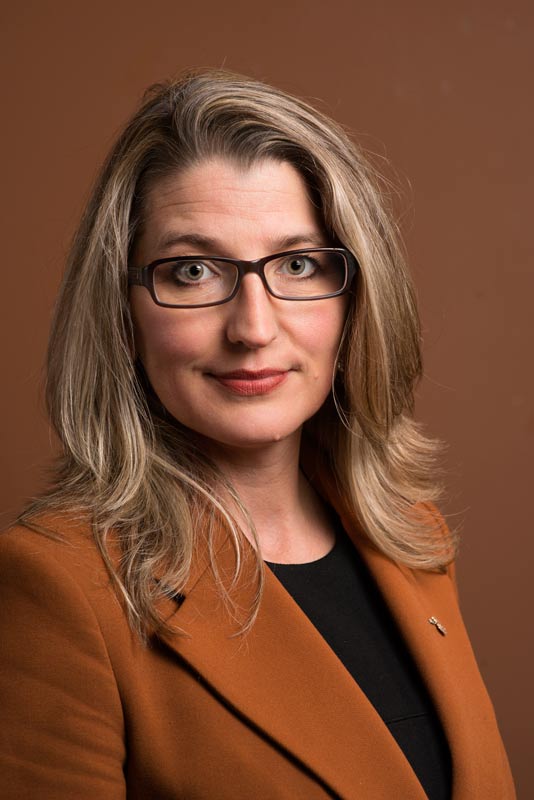PropilotBW
Been spending a lot of time on here!
- Joined
- Feb 7, 2013
- Messages
- 2,009
- Reaction score
- 676
- Location
- Atlanta, GA, USA
- Can others edit my Photos
- Photos OK to edit
Somebody approached me from my church and asked if I would be willing to take staff portraits (headshot) for the launch of their website.
They know I'm not an established professional; however, they've seen some of my pictures and like what they see.
Now I need to do some research to help produce the best I can do.
What I have and what I would use:
-Olympus EM-5 Mark ii
-Olympus 45mm 1.8
-Olympus 12-40 pro
Olympus 75-300
-Olympus FL600 Flash
-Olympus on-camera flash
-Tripod
-(2) 42" 5-in-one reflector screens
-tripod stand for reflector screen
With all the above, I have been researching setups for 1 flash light source, possibly utilizing the small on-camera flash for a ceiling bounce or fill-flash.
I also considered outdoors using the sun as a 2nd light source.
I would utilize a reflector screen for opposite side of flash.
I'm undecided if the background is going to be the interior of the church, or if it will be a plain wall for a backdrop.
I was leaning toward the Rembrandt style lighting, at the 45*. This is also more of a casual portrait, so I'm unsure if that style of light is too "strong".
Am I on the right track?
Thanks for your help.
They know I'm not an established professional; however, they've seen some of my pictures and like what they see.
Now I need to do some research to help produce the best I can do.
What I have and what I would use:
-Olympus EM-5 Mark ii
-Olympus 45mm 1.8
-Olympus 12-40 pro
Olympus 75-300
-Olympus FL600 Flash
-Olympus on-camera flash
-Tripod
-(2) 42" 5-in-one reflector screens
-tripod stand for reflector screen
With all the above, I have been researching setups for 1 flash light source, possibly utilizing the small on-camera flash for a ceiling bounce or fill-flash.
I also considered outdoors using the sun as a 2nd light source.
I would utilize a reflector screen for opposite side of flash.
I'm undecided if the background is going to be the interior of the church, or if it will be a plain wall for a backdrop.
I was leaning toward the Rembrandt style lighting, at the 45*. This is also more of a casual portrait, so I'm unsure if that style of light is too "strong".
Am I on the right track?
Thanks for your help.
Last edited:


![[No title]](/data/xfmg/thumbnail/42/42016-4e3a2f053aa7a987a0b51e5a0fe85262.jpg?1734176397)



![[No title]](/data/xfmg/thumbnail/32/32707-3c49d54a87afb53e65c60391858400be.jpg?1734162298)

![[No title]](/data/xfmg/thumbnail/38/38265-4b75e7e05f8bf906800580ac7f7ddf60.jpg?1734172156)

![[No title]](/data/xfmg/thumbnail/32/32708-c55da623febe9d91efe5f28aa54c3090.jpg?1734162300)

![[No title]](/data/xfmg/thumbnail/33/33448-e22f202a6b3be7233dba294543198f2e.jpg?1734163486)
